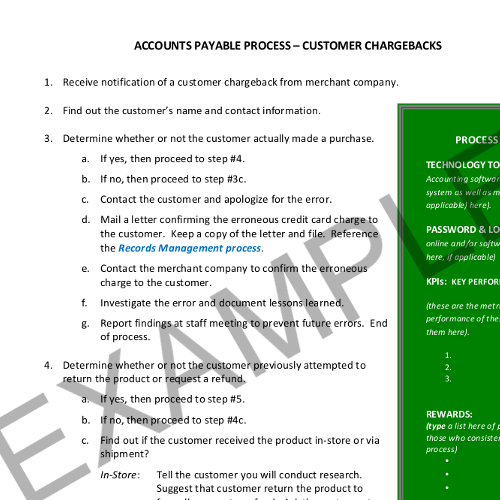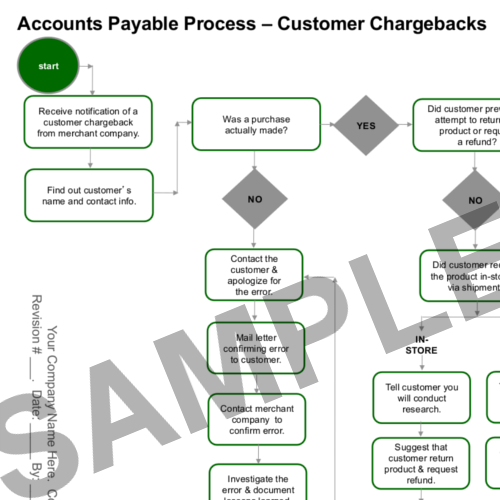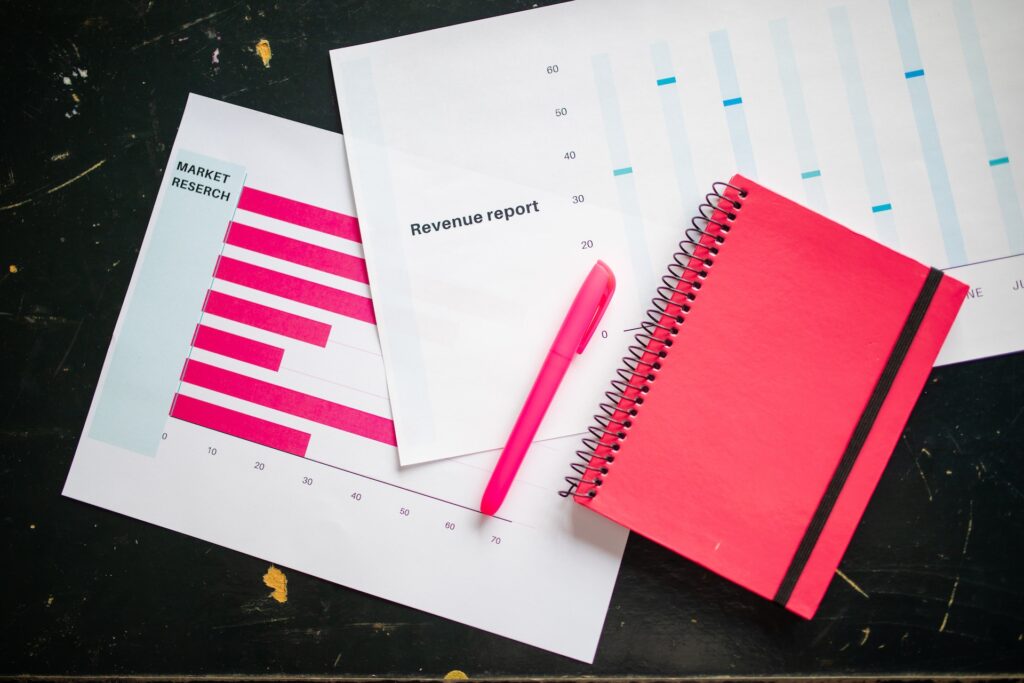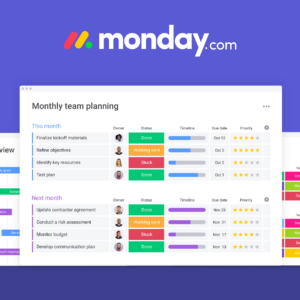 Take a closer look at this picture.
Take a closer look at this picture.
Poor guy. He worked so hard to impress his date by taking her to his favorite restaurant. He even suggested she order his favorite meal.
But when their meal arrived, it was cold and flavorless. Needless to say, his date was not happy.
How would you feel if your favorite meal is “different” (and not in a good way) than what you’ve grown accustomed to? You’d probably be really frustrated, maybe even angry.
The same is true with how your customers experience your business. If their first experience with your product or service is bad, then they will likely never patronize your business again. However, if their first experience is good, then customers will expect that same experience in future transactions.
In this way, processes are like recipes. If they are well-documented and followed precisely, the same result should appear regardless of who performs the process.
The key is consistency.
In Part 1 of this guide, you learned about the different types of processes and their respective flow patterns. Business processes will remain the focus for the rest of this guide.
As part of my continued effort to dispel common process misconceptions, Part 2 of this 8-part guide focuses on what your true intention behind business process initiatives should be. Also included are ideas for applying business processes in your small business.
[mk_fancy_title tag_name=”h2″ style=”true” color=”#000000″ size=”18″ font_weight=”inhert” margin_top=”0″ margin_bottom=”10″ font_family=”none” align=”left”]BUSINESS PROCESS INTENTION[/mk_fancy_title]
Business Processes are intended to be:
- A platform for standardizing operations
- A tool for measuring quality and performance
- A tool for sustainable expansion
- A tool for creating consistent results
Business Processes are NOT intended to be:
- The same as company policies
- The same as a system
- Used only in large, publicly-traded organizations
- A primary tool for reducing staff
[mk_fancy_title tag_name=”h2″ style=”true” color=”#000000″ size=”18″ font_weight=”inhert” margin_top=”0″ margin_bottom=”10″ font_family=”none” align=”left”]BUSINESS PROCESS REPRESENTATION[/mk_fancy_title]
The two most common ways to document a business process are:
1) Standard Operating Procedure (SOP) – a step by step description of a process. Job Aids and Work Instructions are also types of SOPs. SOPs are useful in creating operations manuals in small businesses.
2) Process Map – a visual illustration of a process. Maps are useful in identifying bottlenecks and opportunities to improve work flow.


[mk_fancy_title tag_name=”h2″ style=”true” color=”#000000″ size=”18″ font_weight=”inhert” margin_top=”0″ margin_bottom=”10″ font_family=”none” align=”left”]VARIOUS APPLICATIONS OF BUSINESS PROCESSES[/mk_fancy_title]
Business processes have a broad application. They can be used in developing:
- Patent and trade secret documentation
- Software and mobile apps
- Website Infrastructure (site maps)
- Training Materials
- Optimal Customer Foot Traffic Patterns
[mk_fancy_title tag_name=”h2″ style=”true” color=”#000000″ size=”18″ font_weight=”inhert” margin_top=”0″ margin_bottom=”10″ font_family=”none” align=”left”]CORE REQUIREMENTS FOR BUSINESS PROCESSES[/mk_fancy_title]
I should point out that business processes may not be applicable to every aspect of your company’s daily operations. However, if there is a significant amount of variation in your operations, you may want to seriously consider using a business process to standardize them. In short, every business process for your small business:
- Must be repeatable
- Must yield the same result, every time
- Must not be dependent upon one person’s knowledge or skill set
The best way to ensure consistent results in your product and/or service delivery is to precisely document every step in the process as well as every tool and technology used. Remember, your business processes are the recipes for your company’s success to ensure your customers, suppliers, vendors and staff are repeatedly satisfied.
Stay tuned for Part 3 where I will share tips for hiring the right people for your business process improvement projects.
**********************************************************
At Equilibria, we design processes that enable entrepreneurs to expand their operations without sacrificing quality. Click here to learn more and sign up for a free, no obligation consultation.











